After a gap of more than two and half years, the Indus Commissioners of India and Pakistan begin the 116th Meeting of the Permanent Indus Commission on Tuesday.
The two-day meeting (23rd and 24th March) being led on the Indian side by Indus Water Commissioner Pradeep Kumar Saxena. The Pakistani delegation is led by Pakistan’s Commissioner for Indus Waters Syed Mohammad Mehr Ali Shah.
The meeting was focused on the Indus Waters Treaty and the design of Indian hydropower projects on the Chenab river. Including the 850 MW Ratle Hydro Electric project, India is developing on the Chenab river.
How Significant is Chenab’s Ratle Hydro Electric Project?
The Union Cabinet, chaired by Prime Minister Narendra Modi, cleared the 850 MW Ratle Hydro Electric Project in January this year. With the investment of 5281.94 crore, the project will be commissioned within 60 months.
In August 2017, the World Bank allowed India to construct the dam and the following year, the erstwhile state government approached the Centre with a proposal to resume construction.
The project located on the river Chenab in Kishtwar district of the Union Territory of Jammu and Kashmir, will be undertaken jointly by the center-owned National Hydroelectric Power Corporation (NHPC) and Jammu & Kashmir State Power Development Corporation Ltd (JKSPDC) with an equity contribution of 51% and 49% respectively.
Salient features
Government of India is also supporting the Union Territory of Jammu and Kashmir by providing grant of Rs. 776.44 crore for Equity contribution of JKSPDC in the JVC to be set up for construction of Ratle HE Project (850 MW). NHPC shall invest its equity Rs.808.14 crore from its internal resources.
Objectives
The construction activities of the Project will result in direct and indirect employment to around 4000 persons and will contribute in overall socio-economic development of the Union Territory of Jammu and Kashmir. Further, Union Territory of Jammu and Kashmir will be benefitted by getting free power worth Rs. 5289 crore and through levy of Water Usage Charges worth Rs.9581 crore from Ratle Hydro Electric Project, during project life cycle of 40 years.
The J&K’s hydropower potential
As per the assessment made by the Central Electricity Authority (CEA), Jammu and Kashmir has the potential to produce 16,475 MW of hydropower. A total of 3,210 MW is already being harnessed in the region. Out of this, JKSPDC harnesses 1211.96 MW from its 21 power projects, and NHPC produces the remaining 2,009 MW from seven projects.
Ratle: A run-of-the-river power project
Ratle is reportedly a run-of-the-river hydroelectric project which is different from a conventional power plant. Such projects do not require a large reservoir (dam) to move the turbines to generate electricity. Large reservoirs often lead to flooding and loss of habitat for both wildlife and humans. Run-of-the-river power projects have a relatively lesser impact on the local biodiversity because they do not lead to flooding. However, the power supply can often be seasonal because the water is not stored in a large dam. Such power projects use the flow of the river and natural terrain to achieve the water pressure required to generate electricity.
A quick look at Indus Water Treaty
The pact was inked in the year 1960 by former Prime Minister Jawaharlal Nehru and his Pakistani counterpart, then-President Ayub Khan, the Indus Water Treaty is an agreement structured to designate control over the six rivers – Indus, Jhelum, Chenab, Ravi, Beas and Sutlej – that make up the Indus river system (IRS).
With the World Bank acting as arbitrator, the two countries decided to allocate the water flowing from the three western rivers of Indus, Jhelum and Chenab to Pakistan (with some exceptions relating to Jammu & Kashmir), with India claiming control of the water flowing from Ravi, Beas and Sutlej.
Under the pact, India was granted 3.60 million acre-feet (MAF) of storage.

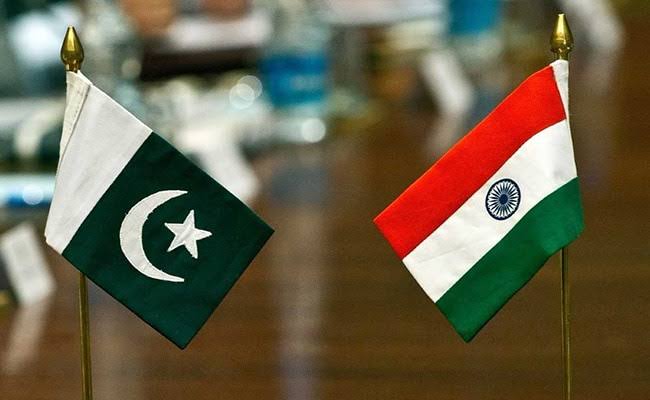


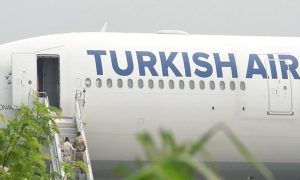



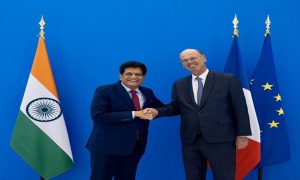



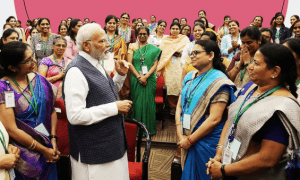

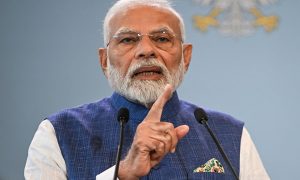

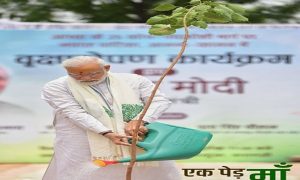

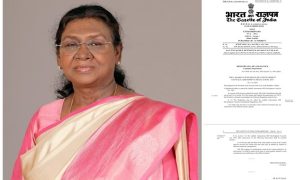

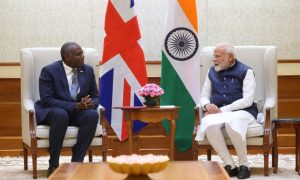

 WhatsApp us
WhatsApp us